
- "Surfing" the waves -
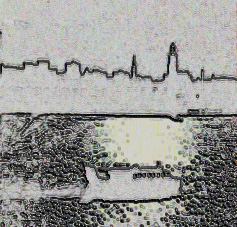 |
 |
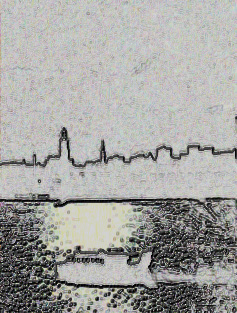 |
|
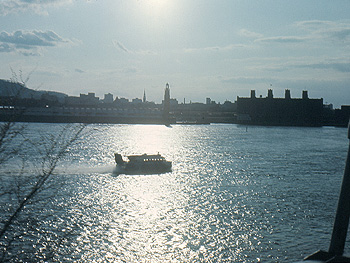 |
 |
||||||
|
Enlarged versions image 1 1024X768 pixels ~267 Kb; image 2 1024X768 pixels ~283 Kb
|
|||||||
| No the Hovercraft Is not a plane. Yet, it can go over land or water. The ones shown here were in use during Montreal's EXPO 67. | |||||||
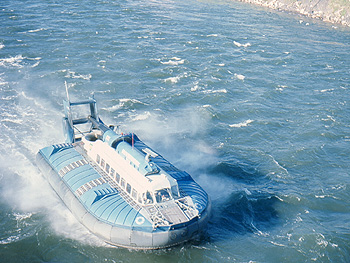 |
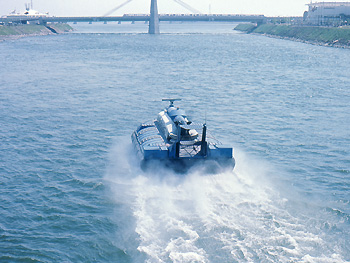 |
||||
|
Enlarged versions image 3 1024X768 pixels ~245 Kb; image 4 1024X768 pixels ~270 Kb
|
|||||
|
The Hoverwork contribution to Expo '67 gave everyone a chance to discover a revolutionary craft. This craft moves by generating an air cushion at the time, this idea was relatively new. Invented in 1956 by Christopher Cockerell, and improved in 1958 by the addition of a flexible underskirt to retain the air-cushion this principle permitted the SRN6 to securely move passagers at a maximum speed of 56 knots, a mere ten years later. Many Hovercrafts found use as ferries. |
|||||
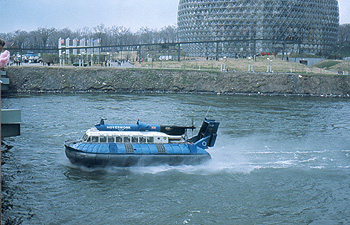 |
||||
|
This principle is still at use by the Canadian Coast Gard on the St-Lawrence River and its tributary rivers, a hovercraft then being used as an icebreaker. If the wind generated under the craft isn't sufficient, it is stopped and the weight of the craft then breaks the ice. Enlarged version image 5 1024X649 pixels ~232 Kb |
||||
 |
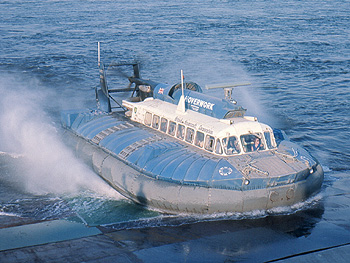 |
||||
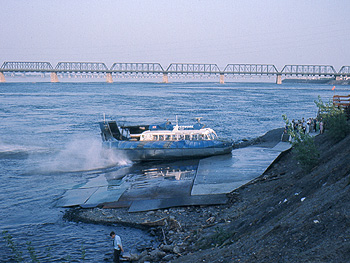 |
 |
||||
 |
 |
||||
|
Enlarged versions
image 6 1024X768 pixels ~263 Kb; image 7 1024X768 pixels ~254 Kb; image 8 1024X768 pixels ~240 Kb; image 9 1024X768 pixels ~234 Kb; image 10 1024X692 pixels ~241 Kb; image 11 1024X666 pixels ~268 Kb; image 11 tail detail 1024X768 pixels ~274 Kb |
|||||
| In the pictures above, you can observe Hovercraft coming in for a "landing" near Habitat 67 in Montreal Harbour. Heavy rubber mats on the ground protected the underskirt when the Hovercrafts were parked. The underskirt would collapse under the aircraft weight when air was not forced under it. | |||||
|
Web site conception and production , text, pictures and illustrations : Jean-Pierre Bonin © 1999-2003 If you use my pictures or illustrations, please
send me your web page address by e-mail.
|